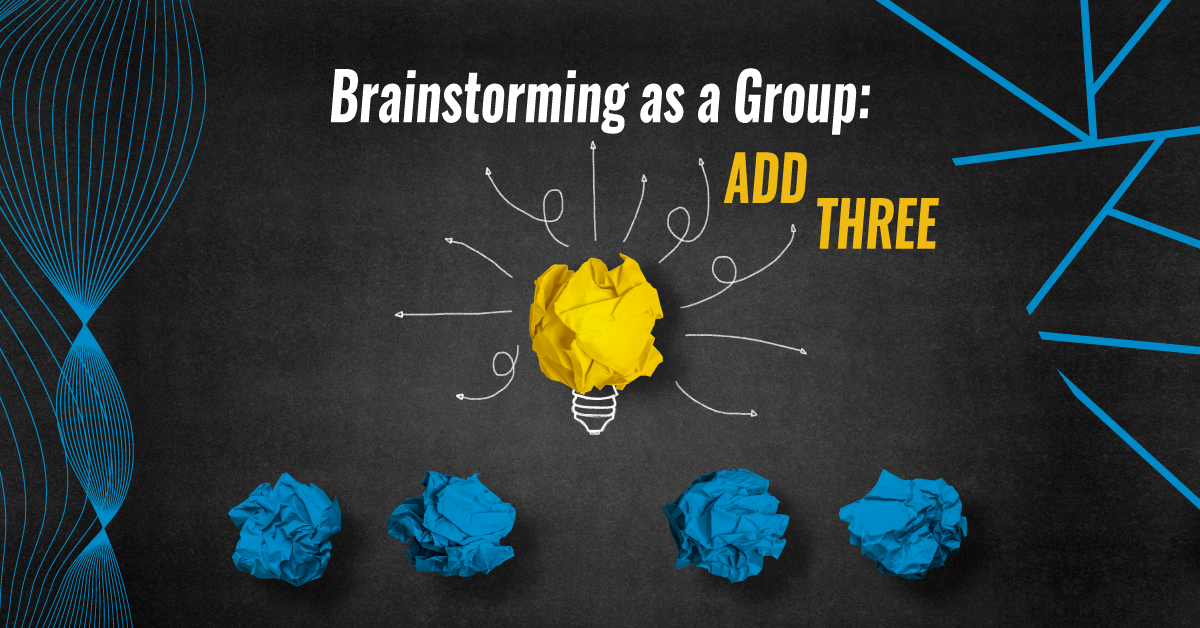Exercise: Large Group Tableau Scenes
The following exercise gives students the opportunity to practice active listening, teamwork, taking direction, and problem solving as a group. Acting as an ensemble with a student director, group members will create a tableau scene illustrating three moments from a familiar story, using every member of the group in some way.
The word “tableau” comes from the phrase tableau vivant, or “living picture.” Students will use their bodies and imaginations to create frozen pictures to tell the story — no words or sounds allowed. Blinking and breathing are always acceptable — and necessary! You may laugh, but every time I play this game with students, there is always one person who asks, “Can I still blink when I’m frozen?”
You’ll need a stopwatch or clock to indicate how much planning and rehearsal time is available.
Optional: A smartphone or digital camera to take a photo of each tableau scene, so students can see their work
Warm-Up
To get students in the tableau mindset, use Tableau Scenes from a Book or Numbered Tableaux as a warm-up exercise.
Instruction
1. Divide students into large groups of 8–10. Adjust as necessary depending on how many students you have, but try to have at least 2 separate groups.
2. Select one director per group. This student will be in charge of the final look of the scene but is welcome to take suggestions from the group members. They must also participate as a member of the tableau scene.
3. Give each group a familiar nursery rhyme or story prompt with a limited number of named characters, such as The Three Little Pigs, Goldilocks and the Three Bears, or Sleeping Beauty. Groups will choose three memorable moments in the story to portray in three frozen onstage pictures. Let students know how much time they have to plan and rehearse.
4. Each group member must be included in the tableau scene in some way, despite there being fewer named characters than students. What else can the other students portray? They might be props (such as the spinning wheel in Sleeping Beauty or a bowl of porridge in Goldilocks), set pieces (such as one of the Three Little Pigs’ houses), atmosphere (sun or moon, trees, background creatures), or whatever else makes sense for the scene. Encourage students to make creative, thoughtful choices that add to the overall picture, but don’t forget that the director is to make the final decisions for the look of the picture.
5. Another thing students will have to think about is the transition between the pictures. How will the group move from each tableau?
6. Students will present their tableau scenes to the rest of the class.
7. Optional: Take a photo of each tableau scene so students can see what they look like in the frozen picture. Ask your students: what worked well in this scene? What didn’t work so well? If you’re showing the photos to students, ask them: when you look at the photos, does the scene look like you imagined it would look? What might you change if you were to attempt the exercise again?
8. A reflection is provided (see below) to allow students to think about their participation in the exercise.
Additional Options:
- Have students plan their tableau scenes silently. How will they communicate non-verbally?
- Tell each group secretly what story they are portraying, and have the other groups guess what the story is.
- Tell only the director what story their group is portraying. The director must instruct the rest of the group without revealing what the story is.
- Try the exercise again, switching some of the group members, with less planning time.



